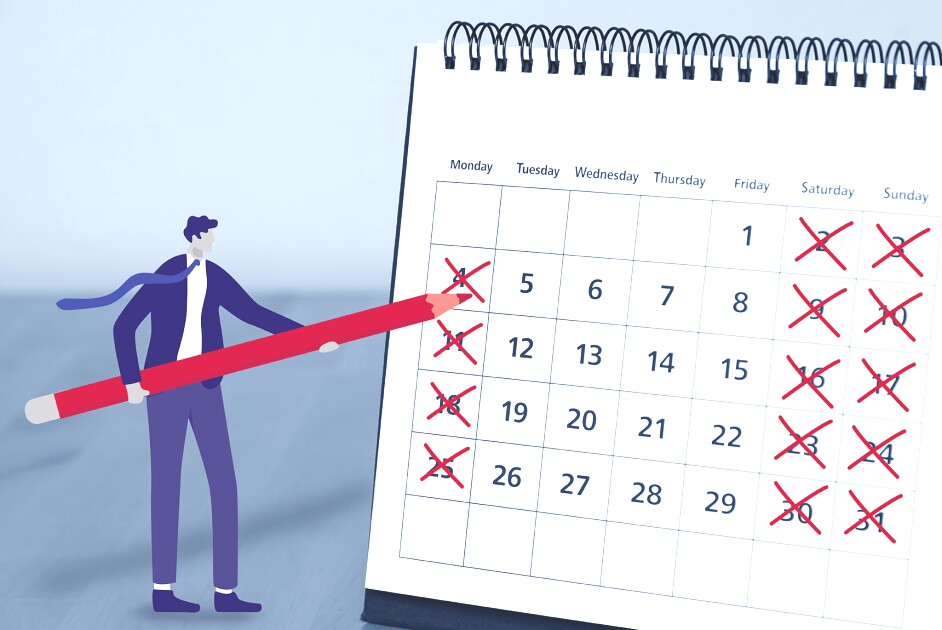Student enrollment in private, religious schools has taken a sharp dip since the economic downturn, as district and public charter school enrollment climbs, according to the U.S. Department of Education’s latest “Condition of Education” report.
Private school enrollment fell from a high of 6.3 million students in the 2001-02 school year to 5.5 million in 2009-10, according to figures released last month by the National Center for Education Statistics, which produces the annual statistical compendium. “It’s been slight declines, and then all of a sudden this year [2009-10] they lost 500,000 kids,” said Jack Buckley, the NCES commissioner.
Overall, private schools served about 10 percent of the nation’s kindergarten through 12th grade students in 2009-10, down from a high of 12 percent in 1996. During the same period, public school enrollment increased by 2.1 million students, to 49.3 million students, from 2001 to 2009.
That dip was driven by enrollment decreases in Catholic parish and diocesan schools—they lost 148,000 students that year and 510,000 altogether since 2002—as well as from schools designated by NCES statisticians as conservative Christian schools, which lost 146,000 students, and other religious-affiliated schools, which shrank by 11,000 students.
The “Condition of Education 2011" finds that the percentage of students enrolling in private schools, while declining since 2011-02, dropped significantly between 2007-08 and 2009-10.

SOURCE: National Center for Education Statistics
By contrast, enrollment in independent, nonreligious private schools held steady over the same period. Nonsectarian schools decreased by about 67,000, to 1.25 million students, from 2001 to 2009-10. Unaffiliated religious-themed schools grew slightly in the same period, from 688,000 to 823,000, despite a loss of 50,000 students between 2007-08 and 2009-10.
Experts say a combination of broad demographic changes, economic woes, and increasing competition from public charter schools may underlie the decrease.
Role of Discounts
Patrick F. Bassett, the president of the National Association of Independent Schools, in Washington, said all private schools have taken a hit in the recent economic downturn, but religious schools’ social mission, to serve primarily poor and underserved students, made them uniquely vulnerable.
While private school tuition typically rises 2 to 3 percentage points above inflation each year, schools instead have been simply keeping pace with inflation, Mr. Bassett said. Yet overall, private schools have seen 15 percent to 20 percent increases in both requests for and awarding of financial aid to students in the last two years.
“We’ve maintained enrollments, but we’ve done that by significantly increasing financial aid,” Mr. Bassett said.
In comparison, Catholic and other religious schools have less room to stretch their budgets, he said. The schools are more likely than independent private schools to be located in poor, inner-city neighborhoods, and they have a higher share of students receiving free or reduced-price tuition.
According to the National Catholic Educational Association, in Arlington, Va., average tuition at Catholic schools is $3,383 per year for elementary and $8,787 per year for secondary schools, the low end of average private school tuition. Moreover, “we very rarely charge parents the total cost of education,” said Karen M. Ristau, the NCEA’s president. But, she added, even discounts weren’t enough as family budgets started getting tight. “Tuition isn’t going to come to mind when food is more important,” Ms. Ristau said.
At the same time, rising numbers of public charter schools may be poised to take over the educational niche that religious private schools vacate. The “Condition of Education 2011” report found the number of charter students has skyrocketed from just over 571,000 in 2001-2002 to more than 1.4 million in 2008-2009, the most recent year of available data. A majority of charters operate in urban areas that many religious schools have also traditionally served.
Ms. Ristau said she is unsurprised at the rising popularity of charter schools, but believes declines in private school enrollment trace to broader student demographic shifts. The NCES report projects that by the 2020-21 school year, much of the West will see 5 percent to 20 percent increases in student enrollment, with states like Nevada, Arizona, and Texas showing greater-than 20 percent rises, while New England and the Midwest, where many Catholic schools have historically been located, will see low growth or even decreases in students.








